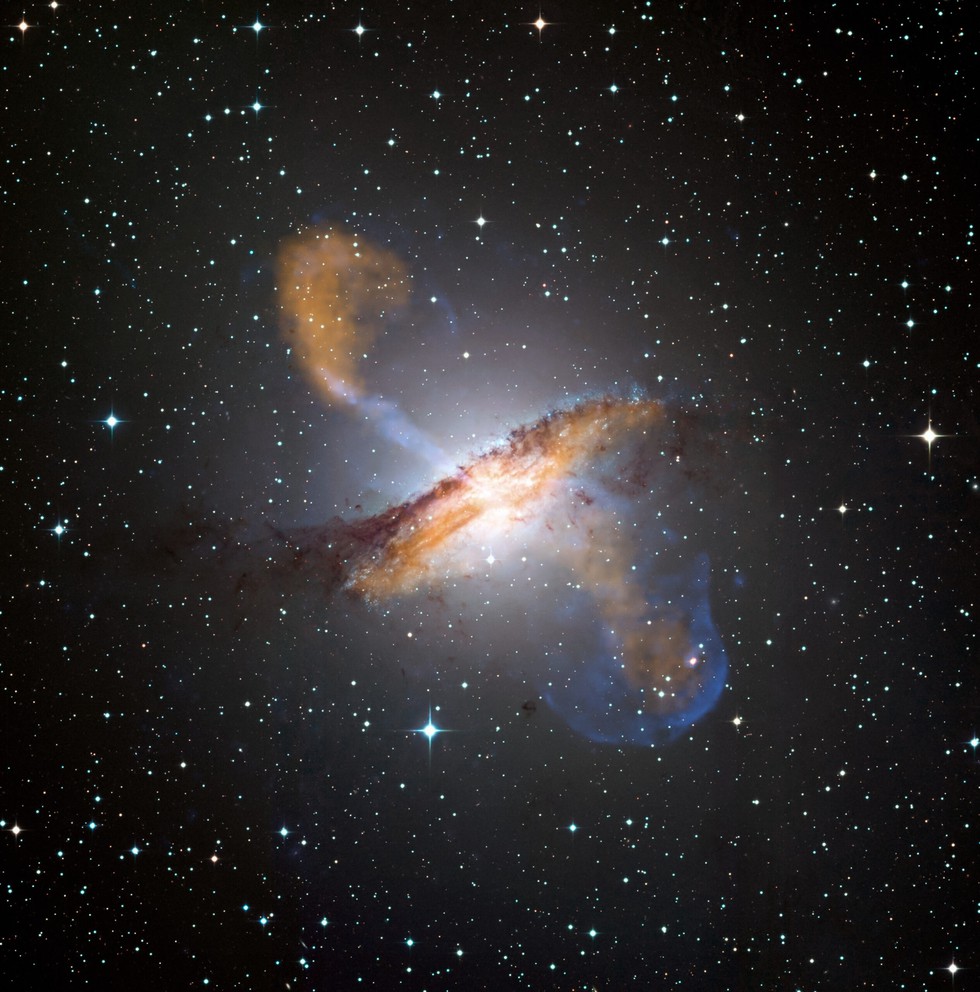About Astronomical transients:
- In astronomy, a ‘transient’ is any celestial object whose brightness changes in short spans of time.
- There are many kinds of astronomical transients, all of them united by phenomena that are violent in some measure.
- Astronomers study transients to understand where their violence comes from and what that can tell us about non-transient events.
- Examples of transients
- Supernovae: When the outer layers of large stars blow up while their cores implode because the stars have run out of elements to fuse. Many a supernova has been known to become so bright that it emits light more intensely than the stars in the rest of its host galaxy combined.
- Active Galactic nucleus (AGN): The centres of massive galaxies host supermassive black holes. Sometimes, these black holes actively feast on matter in their orbit. Interactions between the black holes and the matter in this process cause the latter to acquire energy and glow with changing brightness.
- Fast Radio Burst (FRB): It was discovered in 2007 and it can emit more than 10 times as much energy as the Sun in a few milliseconds.
